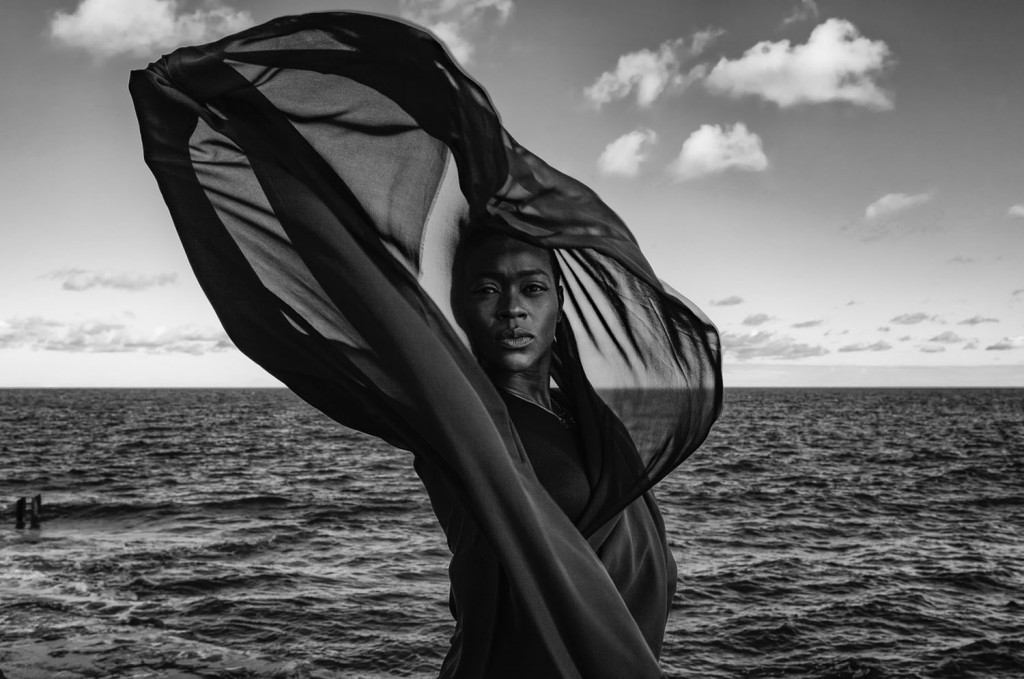
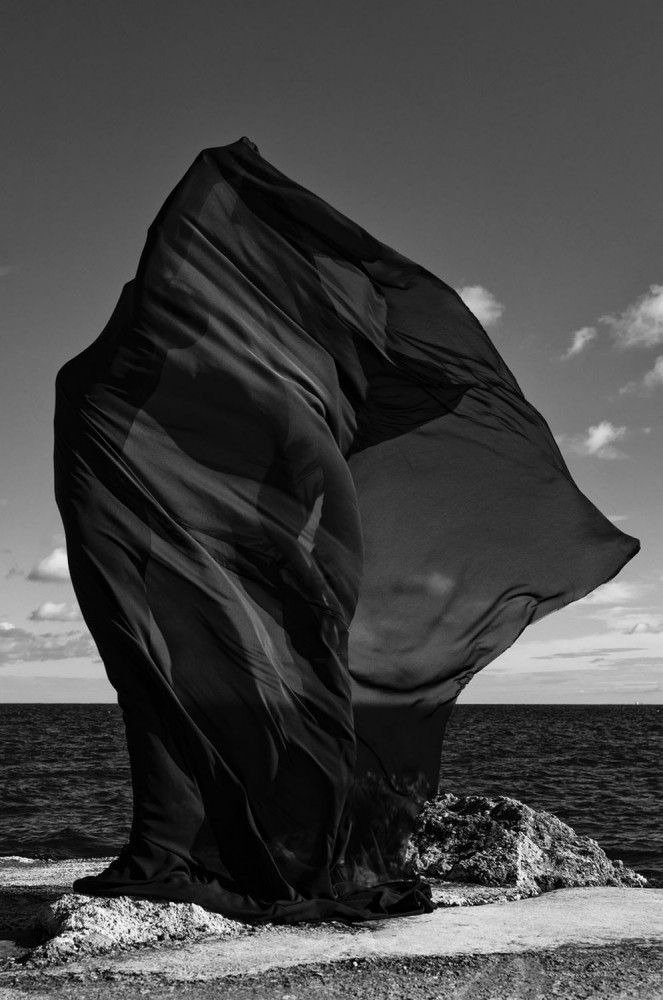
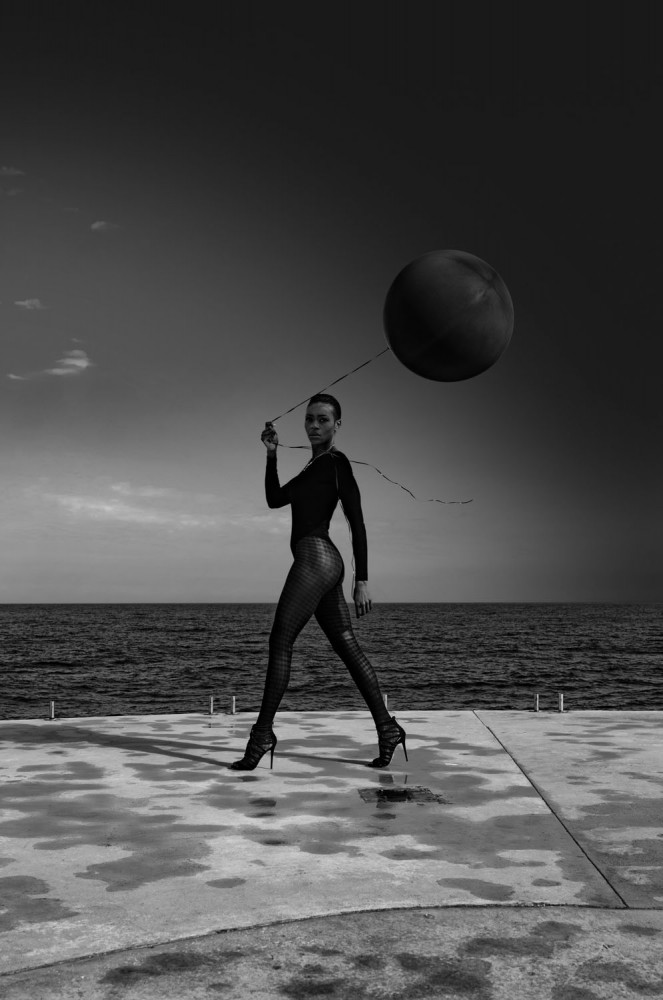
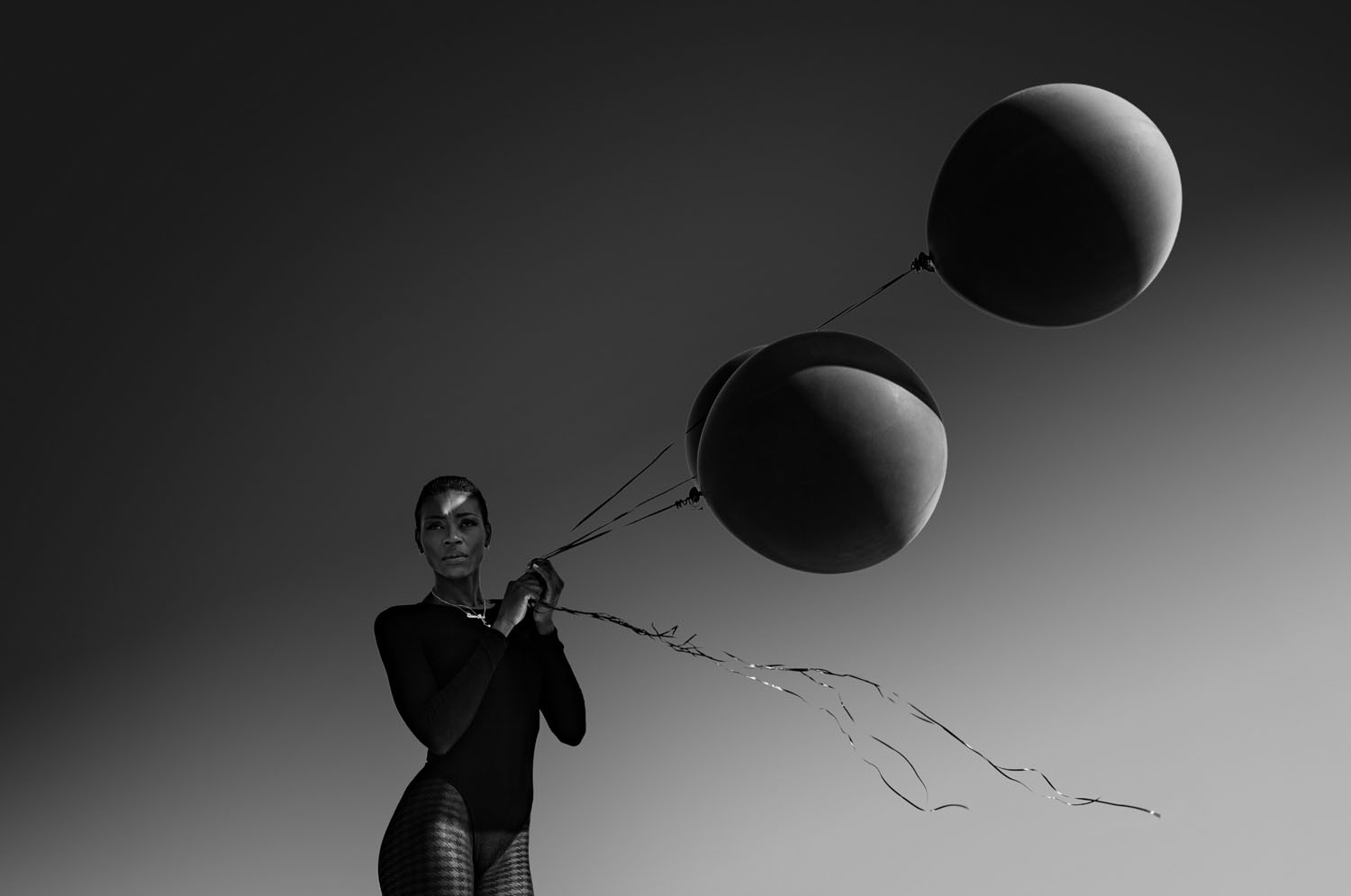
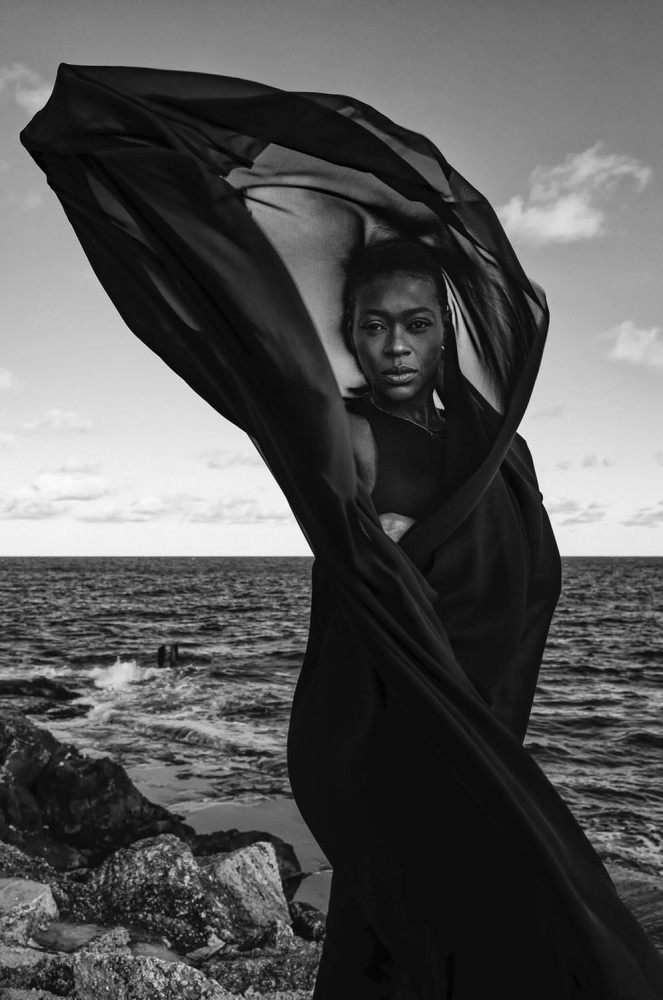
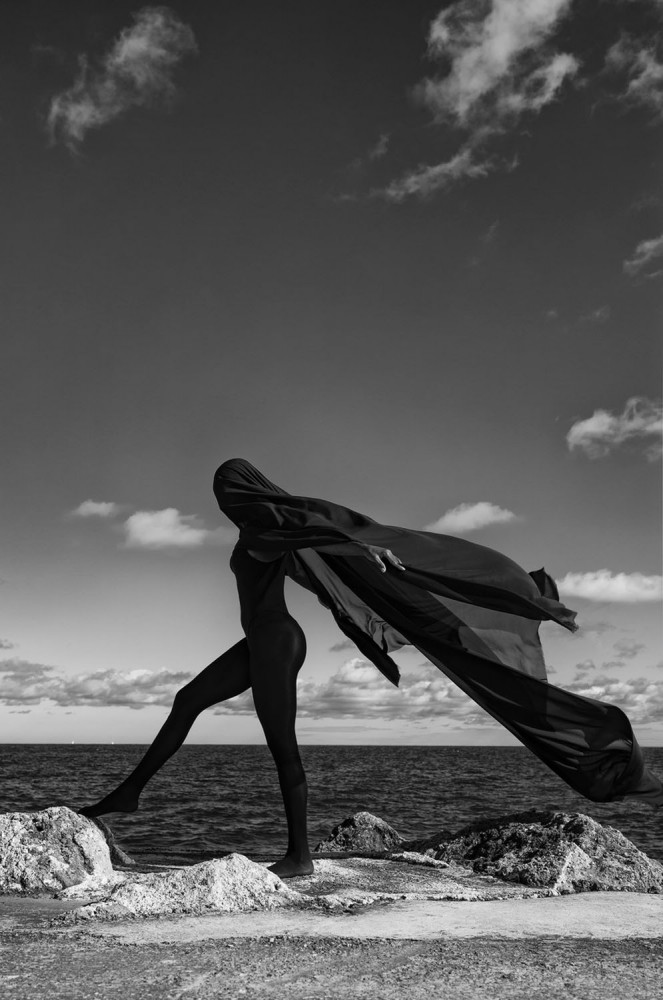
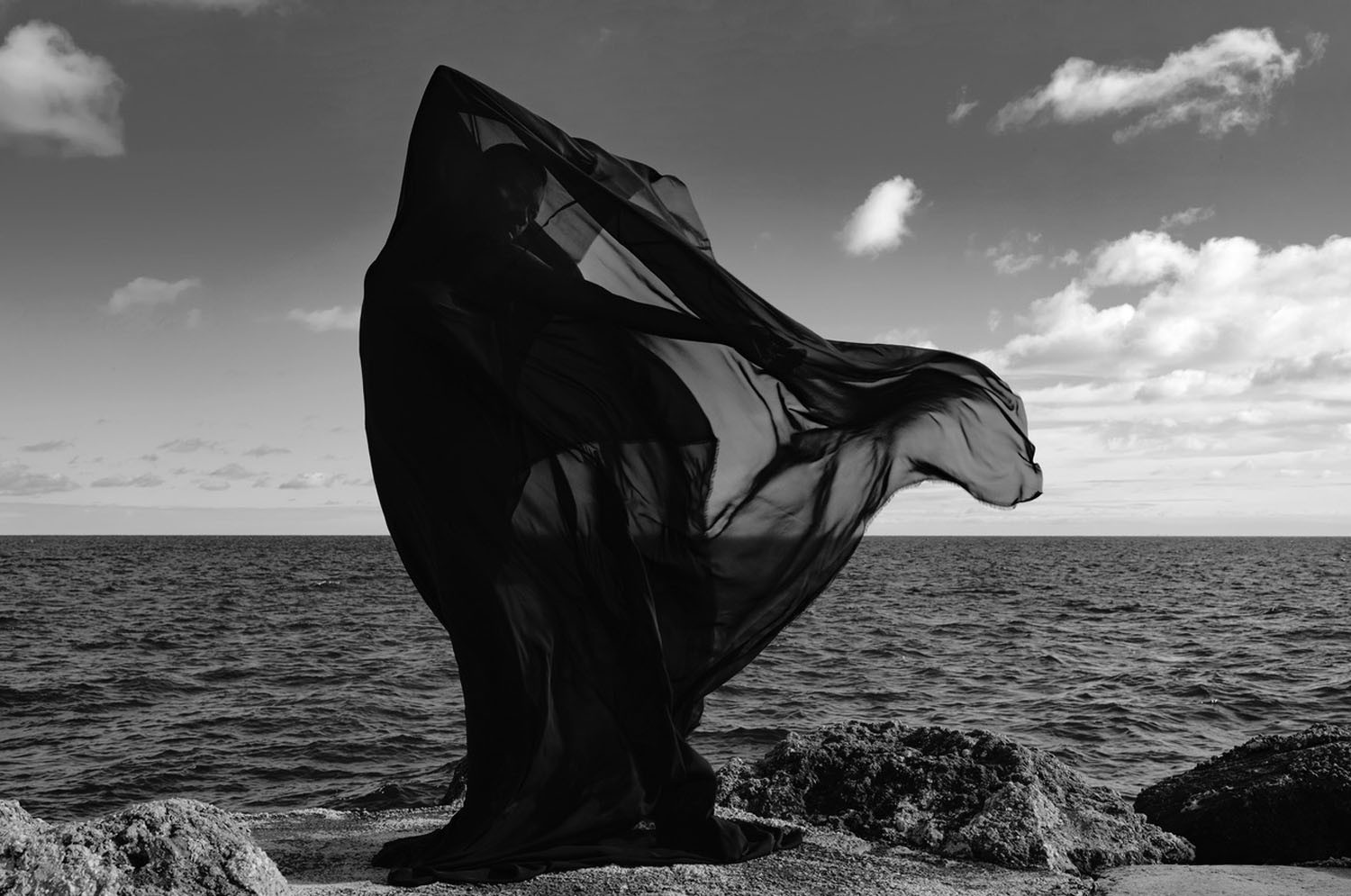
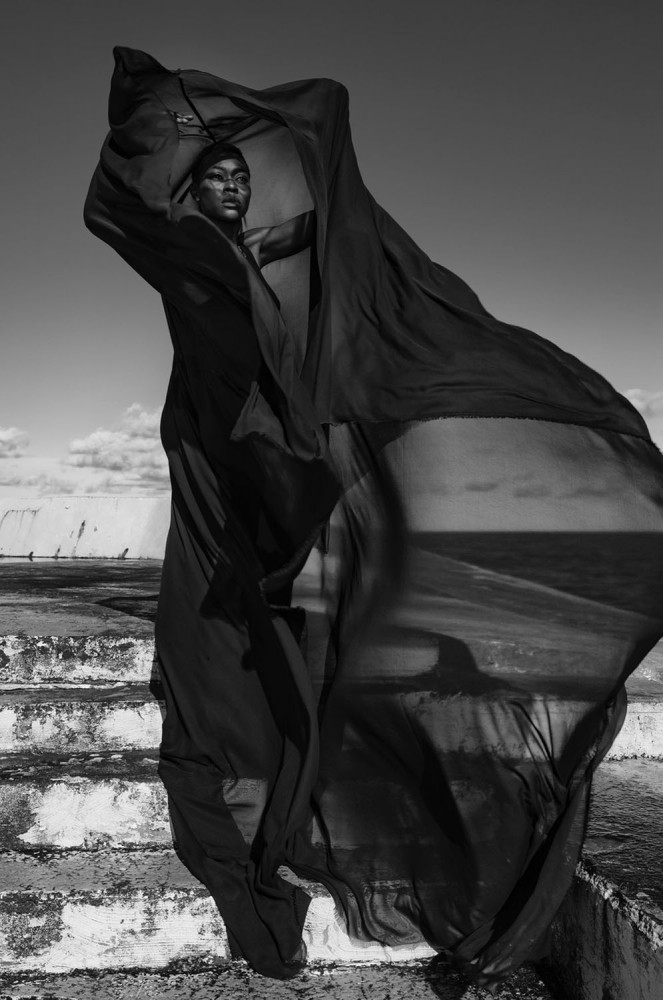
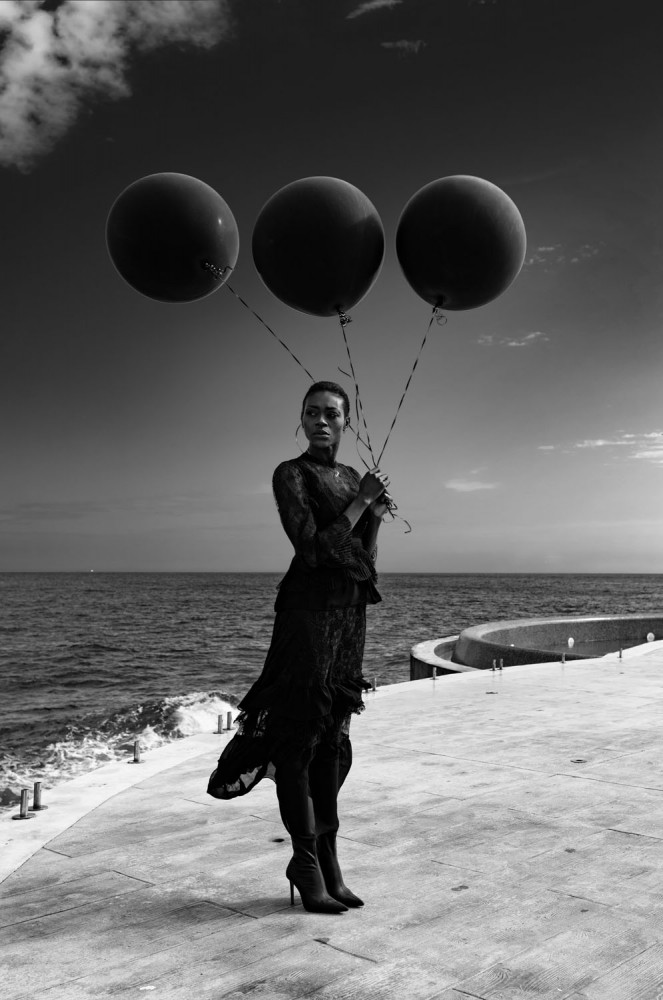
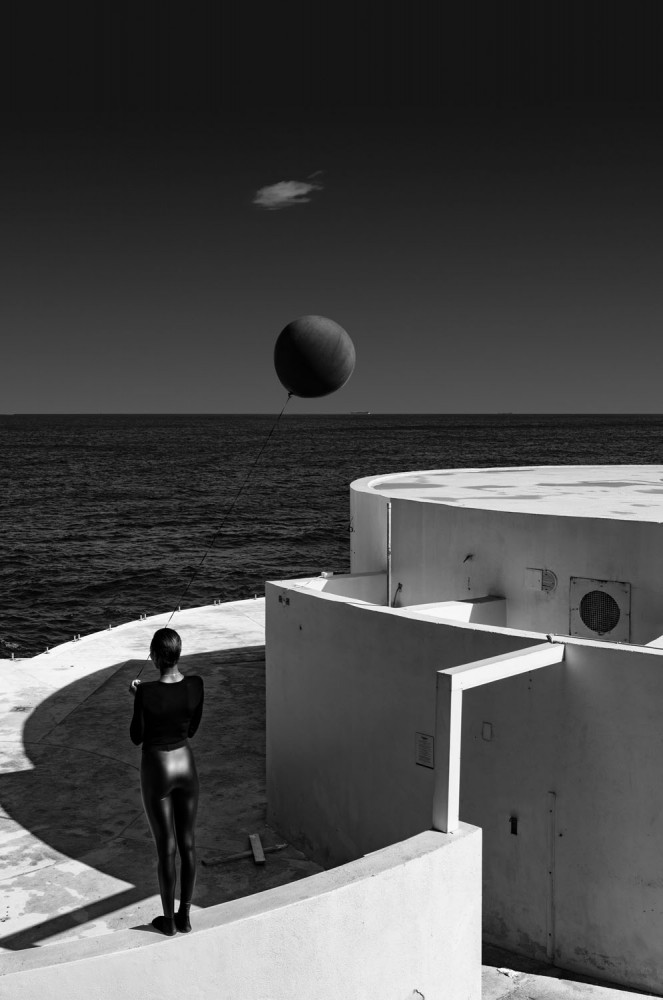










INTERVIEW
Daria Troitskaia
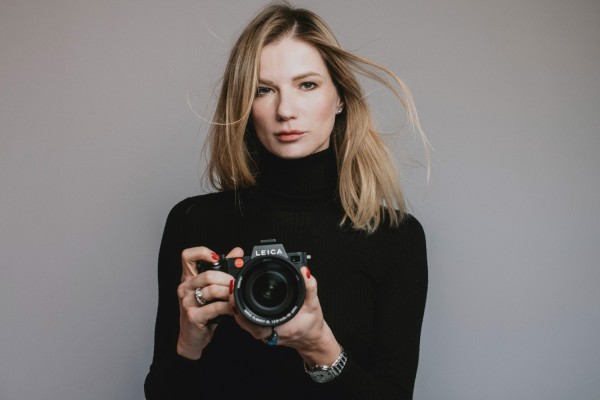
Photographer/art-director Daria Troitskaia Photo Assistant: Olga Nosova Model Beatrice Location Sliema, Malta Camera Leica S3 with Elmarit-S 45 f/2.8 ASPH. (CS)
In her latest project, photographer Daria Troitskaia focuses on the Four Elements – starting with a series of black and white images dedicated to Air and Earth. To visualise her concept, she used various props – with each object becoming an inherent part of the artist’s message.
What prompted you to create this series?
I was inspired by the strong winds of the Maltese Islands. A while ago I decided to capture the Four Elements of Matter – Air, Water, Fire and Earth – in the form of fine-art photography. What you see here are the first two parts of the series, representing Air and Earth, which were shot in Malta. I chose to show Air through the power of wind, by using black fabric that was floating around the model. The image of a black ball served as a representation of Earth.
As they catch the wind, these pieces of fabric form different geometric shapes. What was the concept behind this?
Shapes enhance our perception and unite separate elements of the image. They each have a specific meaning, and are to construct the image. Geometry is an essential element of the composition, with its well-known principles such as the rule of thirds, the golden ratio, aspect ratio, and the camera angle. They allow you to emphasise the main elements of the image, making them more visible. These rules are always at the back of my mind when I am taking a photo.
The jagged cliffs and rough, stormy sea in the background stand in contrast to your model’s sensuality. Was this juxtaposition a conscious part of your approach?
I wouldn’t say so. Rough seas were essential in order to visualise the wind. The sensuality of my model complements the motion of the wind and the sea. Everything stands so still in the sweltering heat of the summer months. When the wind finally comes, it brings life and movement. The camera freezes the waves in time, so that we can see what would otherwise pass unnoticed.
You are based in Malta – what fascinates you about the island?
I moved to Malta three years ago to enjoy the perks the island has to offer to a photographer; the sun, ideal lighting, bright colours. When I settle in a new place, I always try to understand its spirit, learn about its history and culture, and walk in the shoes of the locals. I recently published a book of street photos captured on the island, called ‘Maltese Exposures’. The book is a reflection of my fascination with the scenery and the people. However, Malta is not my final destination, I am merely passing through. I am always travelling and don’t have strong ties to the island. Every year I spend a month in Russia, my home country, to change things up and reconnect with my roots. My next destination is Italy, and I look forward to relocating to a new country.
Despite the island’s vibrant colours, you decided to shoot this project in black and white...
An artist simply uses the technique best suited to expressing the idea they have in mind. I work both in colour and in black and white. The reason I chose black and white for these two parts of the series, was that colour would distract the audience from the concept I want to convey. The absence of colour sharpens the viewer’s perception. Phenomena like smoke, shadow and gradation are more distinctive in black and white photography. As we live in a very colourful world, black and white images immediately stand out and leave space for the observer’s imagination. In the course of the twentieth century, the world has become much more colourful because of the overuse of artificial colours. Sometimes you need to make a conscious effort to turn your back on this abundance, in order to highlight natural beauty.
How did you find working with the Leica S3?
I started with a Leica M10, then switched to an SL2. Later I tried the Leica S3, and was rather impressed with it. Its colour reproduction is amazing. The photos come out looking more vivid and spacious, which is especially great for large-sized prints. I am still familiarising myself with this model and trying out different lenses – specifically, the Elmarit-S 45mm f/2.8, Summarit-S 70mm f/2.5, and the APO-Macro-Summarit-S 120mm f/2.5. Another advantage of the S3 is that it is water and dust proof, and offers a very fast auto-focus. Even though it’s not the most light-weight model, it is comfortable to use and easy to carry.
What drew you to the medium of photography?
Art has always been an essential part of my life. Even as an art student I would often find myself looking at other people’s work with a critical eye; shifting the focus, changing the background and re-framing the shot in my mind. Professional photography soon became an inevitable step for me.
What are your thoughts on keeping up with visual trends, and how would you describe your evolution as a female photographer?
I’ve never liked the differentiation between male and female photographers. I think the end result is what’s important. Gender is irrelevant when it comes to making art. I want to project my own vision and experience to the audience, and give the landscape a slightly abstract touch, turning it into an objet d’art. Only by anticipating trends can you truly follow them, develop your views and uniqueness, and stay true to yourself. Practice makes perfect. I keep practicing to become better at what I do.